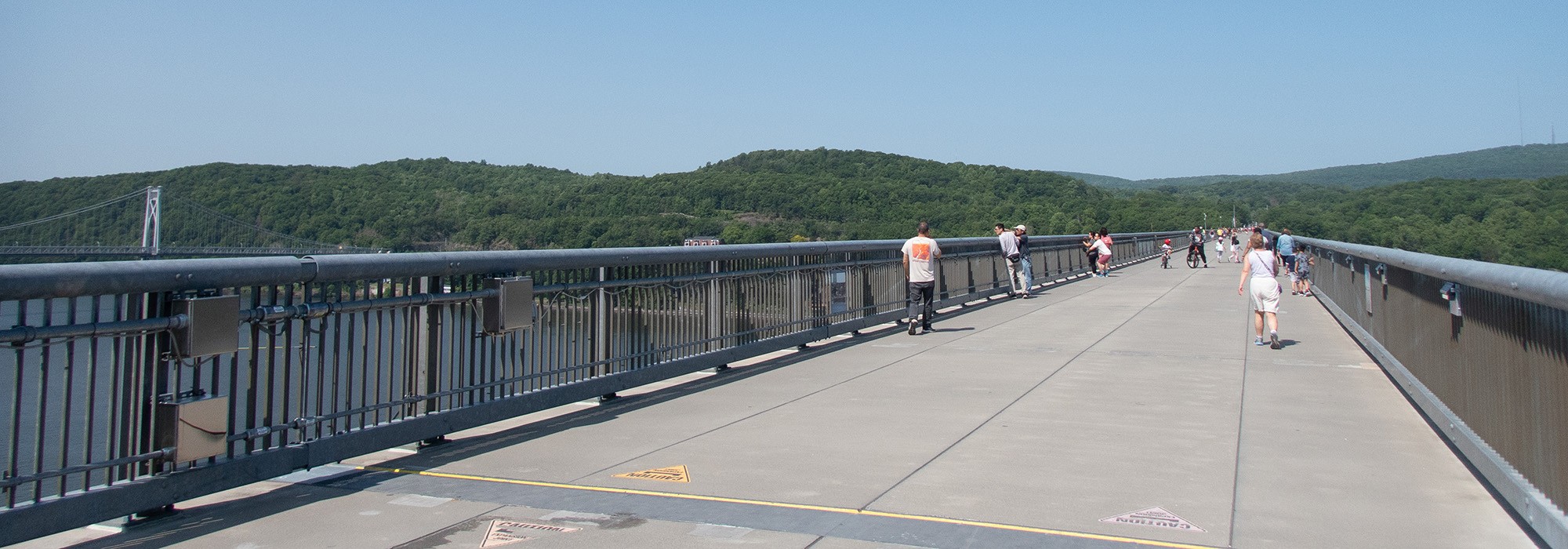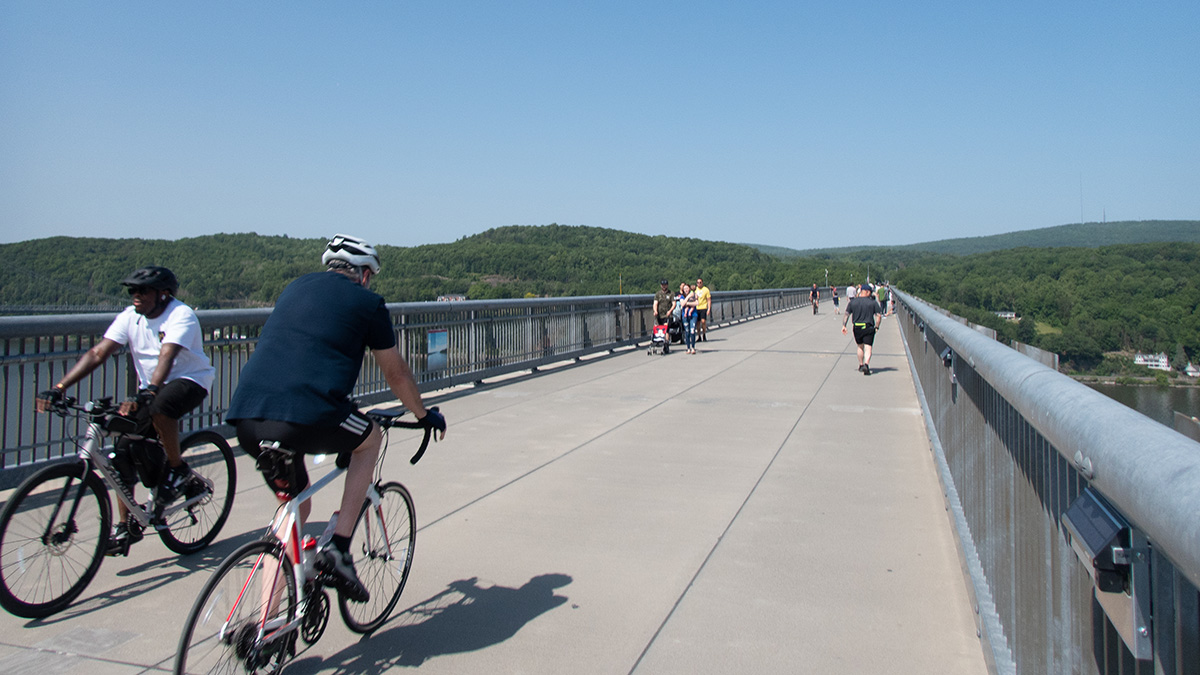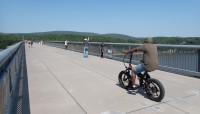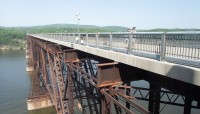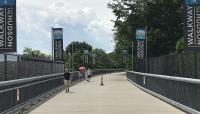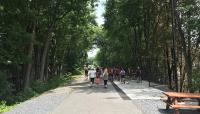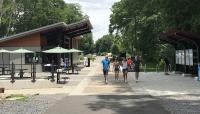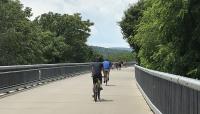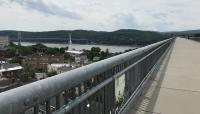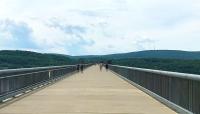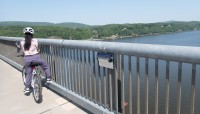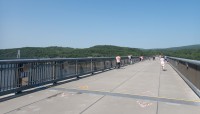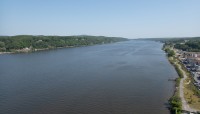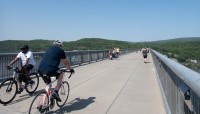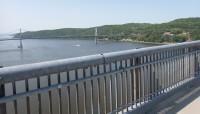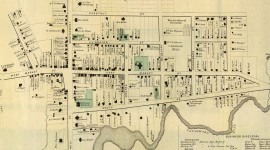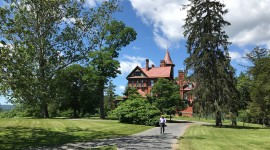Landscape Information
Completed in 1888, this 1.28-mile-long steel cantilever bridge traverses the Hudson River at its approximate mid-point between Albany and New York City. The crossing, formerly known as the Poughkeepsie Railroad Bridge, stands 212 feet above the river and was designed by Charles Macdonald and Thomas Clarke to facilitate the transport of goods, particularly coal, to eastern industrial centers. When the bridge officially opened in January 1889 it was promoted as the longest in the world. Rail service was permanently discontinued in 1974 and in 1998 a non-profit, The Walkway Over the Hudson, assumed ownership of the bridge. With multiple partners, the organization worked to transform the bridge into a linear park, which opened in 2009 in conjunction with the Hudson-Fulton-Champlain Quadricentennial.
The park’s wide, universally accessible concrete deck, minimally adorned with lights, interpretive panels, and backless benches, offers nearly 360 degree panoramic views of the sky and skyline and accommodates walking, biking, and other recreational activities. Guardrails stand four-and-a-half feet tall and consist of widely spaced metal bars that allow for unobstructed views in all directions. Steep vegetated hills dominate the western view, while to the southeast, past the city of Poughkeepsie, gentle terrain extends to the foothills of the Taconic Mountains. The Catskill Mountains are visible to northeast, and the Hudson Highlands dominate the southern horizon, visible beyond the steel towers of the Mid-Hudson Bridge. Along the half-mile expanse that traverses the river itself, only a handful of added elements, including a flagpole and emergency station, interrupt the view. The park can be accessed from either of its respective ends or from the Poughkeepsie waterfront via an elevator installed in 2014. The eastern and western approaches are anchored by welcome centers. The park is linked on both sides to a path system of repurposed rail lines, components of the larger Empire State Trail. The bridge was listed in the National Register of Historic Places in 1979.



